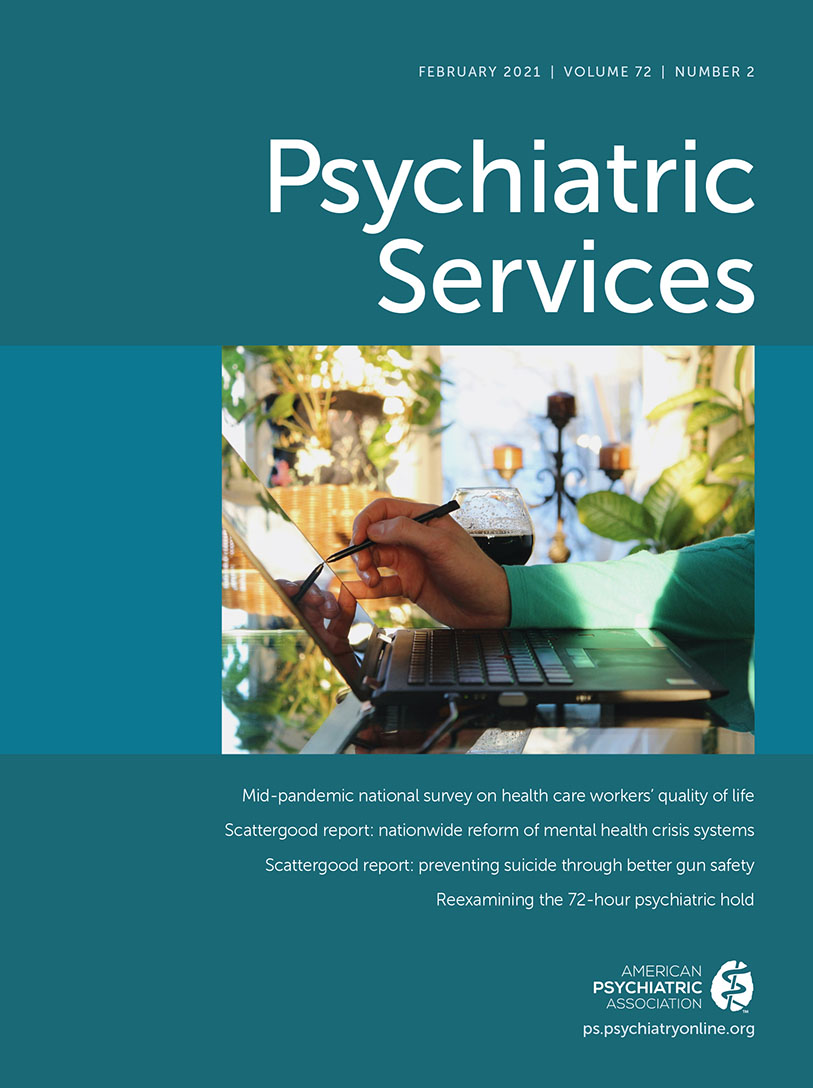Identifying Adolescent Suicide Risk via Depression Screening in Pediatric Primary Care: An Electronic Health Record Review
Abstract
Objective:
The authors evaluated suicide risk rates detected via a depression screener administered within a large pediatric primary care system and examined 1-year follow-up care after adolescents’ endorsement of suicide risk.
Methods:
Retrospective electronic health record data were extracted to examine both suicide risk rates from items endorsed on the Patient Health Questionnaire–Modified for Teens (PHQ-9-M) and primary care providers’ (PCPs’) follow-up suicide risk assessments on the day of depression screening among adolescents ages 12–18 years during the period of September 1, 2014, to August 31, 2016. Manual chart review was conducted, and charts were coded for several follow-up care actions (e.g., referral to behavioral health providers and provision of crisis line information) in the year after suicidality endorsement.
Results:
In a sample of 12,690 adolescents, 5.1% endorsed thoughts of death or self-harm, 3.6% reported a lifetime suicide attempt, and 2.4% endorsed serious suicidal ideation within the past month. Manual chart review of a stratified random subsample of 150 of the 643 adolescents who endorsed a lifetime suicide attempt, serious ideation in the past month, or both illustrated the types of follow-up care they received. The PCPs adhered to the system’s suicide assessment questions with high fidelity. Follow-up care from PCPs and other providers during the year after suicide risk endorsement was more variable.
Conclusions:
Findings demonstrate the feasibility of incorporating suicide assessment procedures into depression screening in pediatric primary care and highlight avenues for maximizing preventive care for adolescents at increased risk for suicide.



